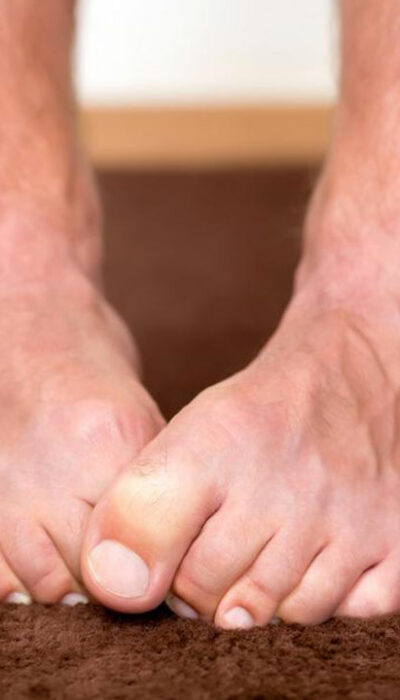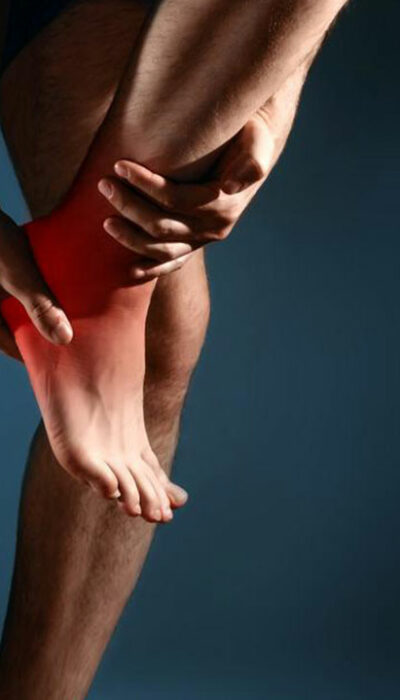
Symptoms That Help You Identify You Are Suffering from Seizures
Individuals with epilepsy encounter intermittent seizures. The seizures happen in view of a sudden surge of electrical activity in the cerebrum. There is an overburden of electrical movement in the cerebrum, which causes a transitory unsettling influence in the informing frameworks between mind cells. There are a few sorts of seizures, and every patient will have epilepsy in their specific manner. Each capacity in our bodies is activated by informing frameworks in our mind. What a patient with epilepsy encounters amid a seizure will rely upon what part of their cerebrum the epileptic action actuates, and how generally and rapidly it spreads from that zone. Here are some critical focuses of epilepsy. • Epilepsy is a neurological issue • Primary side effects ordinarily incorporate seizures • Seizures have a scope of seriousness relying on the person • Treatments include against-seizure drugs Epilepsy side effects The primary side effect of epilepsy is rehashed seizures. On the off chance that at least one of the accompanying side effects are available with symptoms of seizures, the individual should see a specialist, particularly on the off chance that they repeat: • A shaking with no temperature (no fever)3 • Short spells of power outage, or confounded memory • Intermittent swooning spells, amid which entrails or bladder control is lost, which is every now and again. Extraordinary tiredness follows it. • For a brief period, a person goes into a state of confusion • The individual turns out to be solid, abruptly, for no evident reason • The individual all of a sudden goes into a jerking moment of arms or legs • Sudden episodes of squinting without clear boosts • All of a sudden an individual may undergo unconsciousness and awareness • For a brief span, the individual appears to be bewildered and unfit to convey • Repetitive developments that seem to be wrong • The individual winds up noticeably afraid for no apparent reason; they may even frenzy or end up plainly furious • Peculiar changes in faculties, for example, notice, touch, and sound • The arms, legs, or body twitch, in babies these will show up as a bunch of quick jolting developments The accompanying conditions should be dispensed with as they may introduce similar manifestations and are once in a while misdiagnosed as epilepsy:










